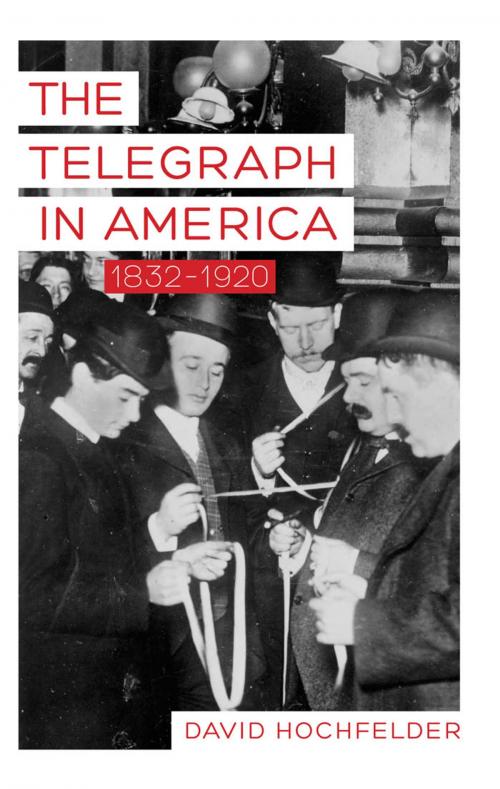The Telegraph in America, 1832–1920
Nonfiction, Science & Nature, Technology, Engineering, History, Americas, United States| Author: | David Hochfelder | ISBN: | 9781421407975 |
| Publisher: | Johns Hopkins University Press | Publication: | January 1, 2013 |
| Imprint: | Language: | English |
| Author: | David Hochfelder |
| ISBN: | 9781421407975 |
| Publisher: | Johns Hopkins University Press |
| Publication: | January 1, 2013 |
| Imprint: | |
| Language: | English |
Telegraphy in the nineteenth century approximated the internet in our own day. Historian and electrical engineer David Hochfelder offers readers a comprehensive history of this groundbreaking technology, which employs breaks in an electrical current to send code along miles of wire. The Telegraph in America, 1832–1920 examines the correlation between technological innovation and social change and shows how this transformative relationship helps us to understand and perhaps define modernity.
The telegraph revolutionized the spread of information—speeding personal messages, news of public events, and details of stock fluctuations. During the Civil War, telegraphed intelligence and high-level directives gave the Union war effort a critical advantage. Afterward, the telegraph helped build and break fortunes and, along with the railroad, altered the way Americans thought about time and space. With this book, Hochfelder supplies us with an introduction to the early stirrings of the information age.
Telegraphy in the nineteenth century approximated the internet in our own day. Historian and electrical engineer David Hochfelder offers readers a comprehensive history of this groundbreaking technology, which employs breaks in an electrical current to send code along miles of wire. The Telegraph in America, 1832–1920 examines the correlation between technological innovation and social change and shows how this transformative relationship helps us to understand and perhaps define modernity.
The telegraph revolutionized the spread of information—speeding personal messages, news of public events, and details of stock fluctuations. During the Civil War, telegraphed intelligence and high-level directives gave the Union war effort a critical advantage. Afterward, the telegraph helped build and break fortunes and, along with the railroad, altered the way Americans thought about time and space. With this book, Hochfelder supplies us with an introduction to the early stirrings of the information age.















